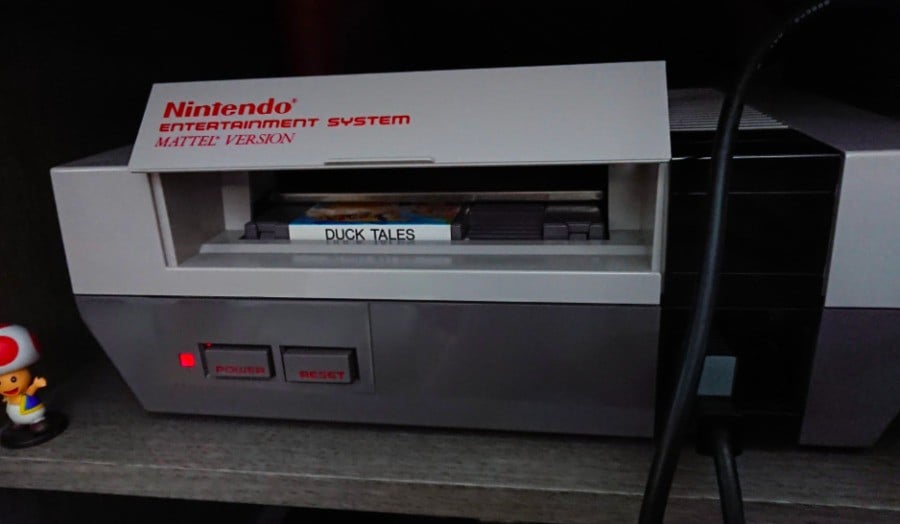
"Everything put together falls apart" is the kind of sage-like adage that you often hear elderly relatives offering up over the dining table in-between moaning about Brexit and discussing the weather, and is a phrase most people under the age of 30 will surely dismiss out of hand, but for me personally – as someone who hits the ripe old age of 40 this year – it's becoming harder and harder to ignore, for more reasons than one.
If you're anything like me, you've got a sizeable collection of treasured retro systems, ranging right back to your childhood (my first love was the Mega Drive) to more recent curiosities (last year's big retro purchase was a Japanese GameCube complete with HDMI connector). While I'm keenly aware of the fragility of optical media and the sensitive hardware required to read such discs, I've always laboured under the impression that anything cartridge-based is near-invincible, and is still going to be in good working order when I'm touching 80 – at which point I'll no doubt be getting comments from Elijah Wood-style punks mocking me for 'using my hands' to play my 'baby's toy' (if I'm still in any position at that age to even do so, of course).
My recent wake-up call came as I pulled together my review for the superb Analogue Mega Sg, an FPGA-based clone system that accurately replicates the performance of Sega's Mega Drive / Genesis – right down to the point where it's possible to connect the system to a Mega CD add-on. It's at this point I was given a sobering lesson in how vintage hardware is slowly but surely dying.
The Mega Sg and Mega CD simply refused to play nice with one another, and for one brief moment, I actually assumed this was the fault of Analogue's brand-new system – the foolishness of which really hits home as I type it out. I was placing the blame on a system that had just rolled off the production line, rather than a piece of technology that’s over a quarter of a century old. In my defence, the Mega CD works fine with my original Mega Drive, but this fact was simply masking problems which needed addressing, and fast.
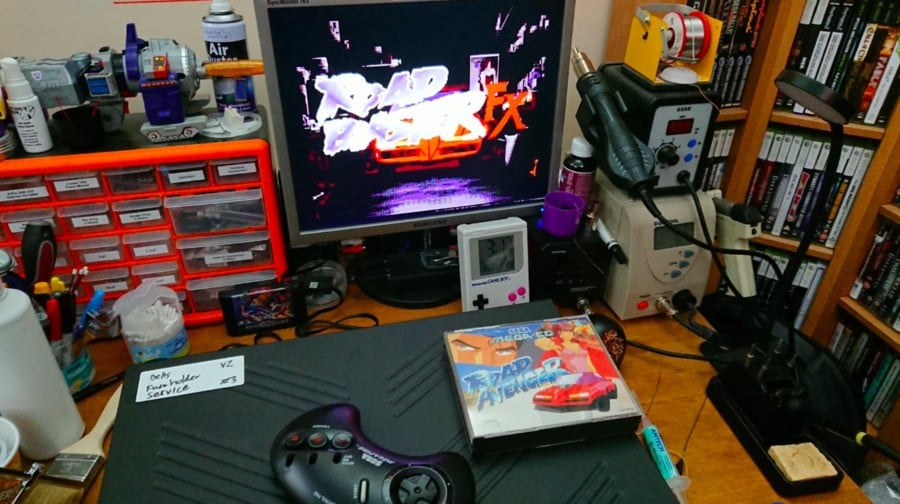
Even when I approached Simon Lock, someone I've followed on Twitter for years thanks to his fascinating documentation of retro repair jobs he's undertaken, I was still of the opinion that while my beloved Mega CD might be to blame, it was perhaps more down to it being a hardware revision that the folks at Analogue hadn't encountered previously, hence the weird issues. All it took was a few photos of the inside of the Mega CD – snapped at Lock's behest – to totally destroy that mindset and send me spiralling down a rabbit hole of retro gaming despair.
Lock is, for want of a better term, a technological wizard. He has repaired countless machines over the past few years, many of which were seemingly destined for the scrapheap. He's got a fondness for Sega's '90s hardware, and has resurrected Famicom, Famicom Disk System, Twin Famicom, NEO-GEO AES, MVS, Master System, PC Engine Duo, Mega Drive, Multi-Mega, Saturn Mk1/Mk2, PlayStation, and PlayStation 2 consoles during his career.
I knew that Lock's speciality was Mega CD systems, hence my initial contact. His rather grim reaction to the photos I snapped told me all I needed to know – the news wasn't good. The irony is that prior to my experience with the Mega Sg, I'd assumed my Mega CD had many, many years of active service ahead of it; purchased a few years ago from eBay, the Japanese Mk1 model had been 'refurbished' by the seller, with a fresh CD drive belt fitted and a full service thrown in for good measure. Until the Mega Sg arrived, I thought my Mega CD was in good health.
Lock quickly identified several key issues with my unit, some of which could be the cause of the incompatibility with the Analogue Mega Sg. He totally shattered my belief that retro consoles are, by and large, indestructible; it's a reality check he's used to handing out. "I do encounter a lot of opinions of 'well, mine has been well looked after' and 'mine still works from new'," he explains. "Sadly, how well you look after something doesn’t always mean that internally you have a system absent of perishable components; via age, humidity or design longevity/manufacturer component quality of that era."
It's a difficult pill to swallow, especially when it's perfectly possible to find an Atari 2600 in a charity shop that's in (seemingly) good working order; when a console from the '70s is still capable of functioning today, it's easy to see why retro collectors – like myself – have been lulled into a false sense of security. Sadly, the tech inside our most treasured machines is, like any other piece of hardware, slowly but surely falling apart, and it's not just one issue – these platforms are being attacked on several fronts at once.
"Surface mount technology/device (SMT/SMD) electrolytic capacitors from the late ’80s to mid-to-late '90s era hardware are one of the most common problems," says Lock. "This design, over through-hole packages of the era, improved upon assembly times and allowed for further assembly automation. Sadly, the design had limitations with the smaller package size during that era; the di-electric fluid is prone to becoming more volatile over time, leak protection was not as reliable as it is today and the design does not allow for top venting in the event of component failure. This causes the fluid to leak out onto the printed circuit board directly where it reacts with metals – such as copper traces or brass screws – resulting in damage. This can lead to breaks in the circuit or worse, an unintended bridge or shorts in the circuit." This particular issue was present inside my Mega CD; Lock likened the impact to "pouring tiny metered doses of full sugar Coca-cola onto the circuit board" – gulp.
Batteries found inside certain consoles can also cause problems if left unattended. "These also break down with their contents being highly volatile as time goes on," Lock continues. "Many systems have batteries mounted above or soldered directly onto the board which means when it fails, the contents will spill out onto the board. Some systems have internally housed batteries within integrated circuits for keeping time, save data or even decryption keys. Once these have failed, the system will either function incorrectly or not at all."
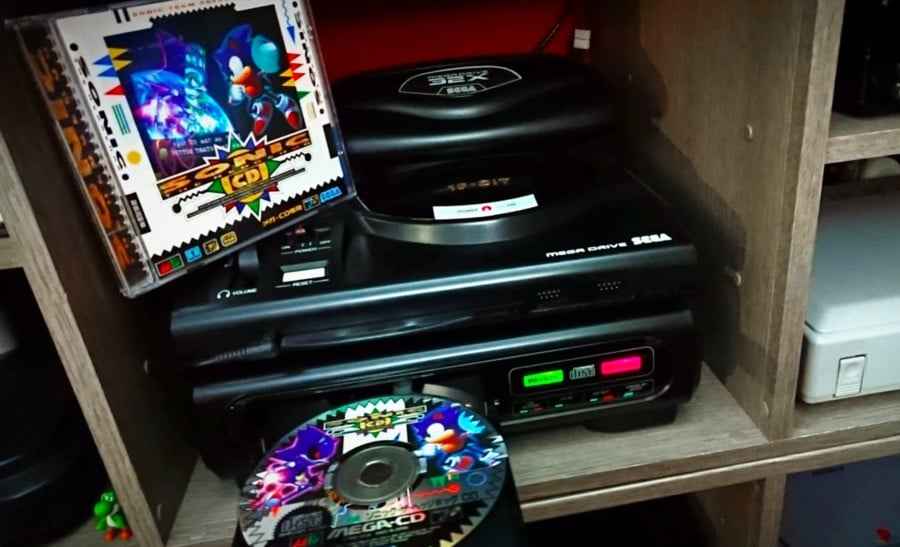
Voltage regulators can also fail over time, mostly due to the amount of heat they produce during normal use. "A favourite found in mid-'80s to mid-'90s systems is the 7805-based linear voltage regulator, which takes typically takes 8.5V to 12V DC input voltage to output 5V used by the system internally. NEC parts of this type are particularly 'replace on sight' due to their build age and operational lifetime. When this part beings to fail, voltage output can drop or spike high causing the system to become unstable and this places strain on other components in the system. When it fails, they can fail open (no output) or closed (input goes to ground, or worse, output); the latter can be catastrophic. Areas of a system that have high exposure to heat cause more rapid wear on other perishable components, such as electrolytic capacitors. Some systems have these capacitors positioned right next to voltage regulator components, which are very prone to causing localised component failure."
We're not out of the woods yet, either. As well as the tech found inside your console, the power supply you use to bring it to life can also become a serious problem as the years roll by. "There is a school of thought that dictates you should only use the original manufacturer supplied external PSU with the system it was shipped with, or an authorised replacement," says Lock. "Whilst this was true for many systems at the time of manufacture – though not all, the Amstrad GX4000 being a notable example – these also experience age and heat-related component failure, with the result causing damage to systems there are used with. I would advocate not using an original external PSU for systems produced in the '90s or earlier, unless it has been fully serviced by a qualified professional."
We've already touched upon issues with optical media-based systems, but it's worth highlighting that often, problems with CD and DVD-based consoles are more likely to do with moving parts than the actual laser which reads the disc. "Typically, if you look up a system with moving parts, the word ‘maintenance’ will be mentioned," Lock comments. "The same is true for mechanical optical drive systems. Lubricants perish over time, plastic becomes more resistive to movement and belts driving the system also perish under the increased strain. What commonly gets attributed to 'laser failure' is more often than not a mechanical issue rather than an electrical component one. Original grease can break down into a tacky or even resin-like compound resulting in significant wear on other parts of the system unless serviced – including belts, guide rails, and tracking motors."
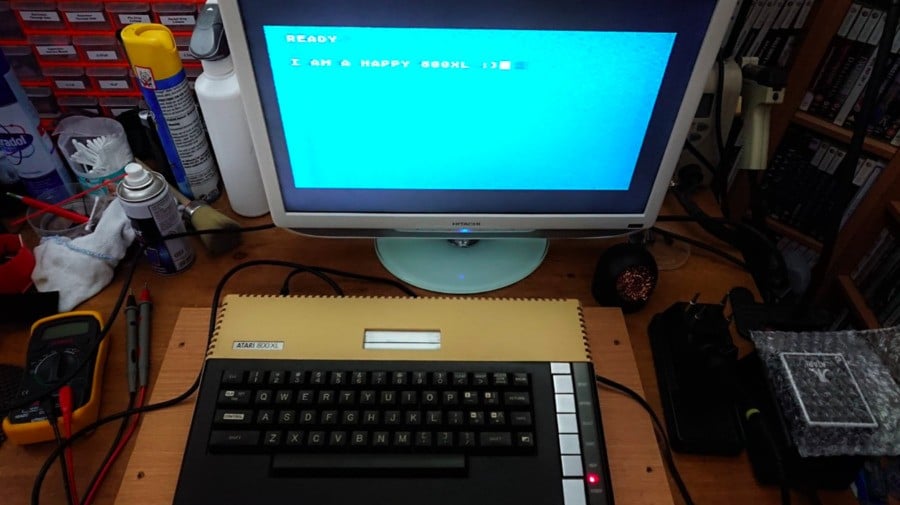
The final issue is one that the more squeamish amongst you may want to avoid reading. "If you store a console for long enough dormant, something is going to make it a nice new home for their offspring," says Lock with a grin. "It’s all too common to find insects and arachnids – or worse – making your vintage hardware a new nursery in which to raise their family. This is a common discovery for systems stored in attics, garages and sheds, where human presence is inconsistent. This can obviously have all sorts of implications for your system." Er, yuck.
Storage is, ironically, another thing that can damage your console. We may assume that a classic system tucked away in an attic or garage is safe and sound, but that's often far from the truth. "Storing your devices outside of a consistent room temperature environment can lead to issues, along with temperature extremes during seasonal changes," Lock explains. "Excess moisture will lead to corrosion on vulnerable materials – especially an issue with PAL systems which are subject to RF shielding regulations for sale, requiring all or part of the system to be enclosed within (often poor quality) metal coverings inside. Summer heat can have a drastic effect on heat sensitive materials – such as cables and packaging – and components, batteries especially. Plastics prone to yellowing due to high bromine content in their make-up are especially vulnerable to having excess heat and humidity accelerate the process."
Out of all the machines Lock has worked on, he says there are a few which crop up more often than most. The Mega CD, which we've already touched upon, is a serial offender. "Suface Mount Device capacitor failure on the main board can lead to erratic behaviour, loss of functionality or total system failure," he explains. "Typically, this also leads to the rechargeable ML2016 battery failing as a result. The NEC 2405 (7805 design) voltage regulator overheats and can cause accelerated local component failure, especially to the nearby capacitors."
Outside of the Mega CD, Nintendo's famous 8-bit console is one of Lock's most regular repair jobs. "The NES is plagued by oxidation and corrosion issues, resulting in deposited material inside the 'Zero Insertion Force' system on front loading systems, typically occurring due to cartridge ‘Game PAK’ storage and use conditions," he says. "Sadly, a culture of gamers spit-blowing on their Game PAKs to offer a short-term remedy to this hasn’t helped matters as the systems get older. While this type of issue can occur with just about any cartridge-based system, especially if the games are stored loose, it’s a cultural practice with the NES."
So how does Lock go about bringing these machines back from the dead – or at least prolonging their lifespans? "Typically I like to do my homework first," he replies. "I like to know the use history of a particular system if possible; who owned it before? Has it been worked on previously? Has it had faults before? If it’s been stored; if so, where and how? This information can prove to be vital in getting an idea of what state the system is in before it arrives. If the owner is confident to do so, I will sometimes ask for photos of specific areas inside of a system to aid potentially diagnosing the fault."
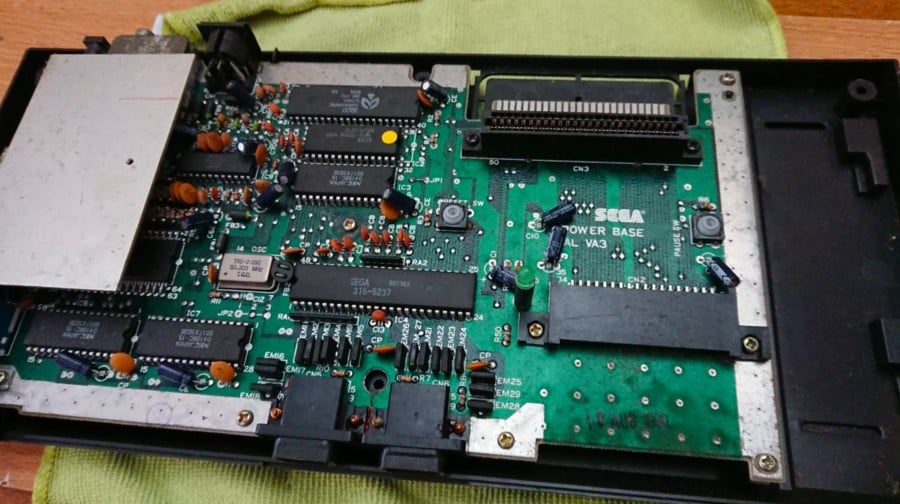
"The next step will usually involve some research into the system, known common issues, locating a service manual if available, finding service bulletins if applicable (documented changes made by the manufacturer/service centres during the product’s life span to resolve accepted issues) and consulting any documented hardware wiki for additional information. When the unit arrives, I check for evidence that the system may have been worked on, modified or opened before (if unknown). I also like to visually inspect any input/output connections as that can be a clue to how the unit has been stored. I then open the unit and look for obvious signs of potential damage; natural or unnatural. This can act as a roadmap to a fault. If something is found immediately, it is checked to see if it could have any impact on what the user is reporting as wrong with the system."
With a cursory check out of the way, the meat of the work can begin. "Next is onto general checks for the condition of component health, checking fuses, DC-input connectors, power trigger and activation components, whether there is no resistance (direct path) or incredibly low resistance between the voltage supply and ground (short to ground). Some systems will fall into the known faults category where all known service issues are corrected first before moving onto looking for other issues. If no obvious fault is found or known issues are corrected, I move onto powering the system on to observe behaviour. Some issues only appear after the system has been running for a period of time, others can go away after a short amount of time and some are immediate. Issues to do with voltage supply, CPU, RAM and address lines are typically immediately identifiable. Some systems may have issues with custom ICs that require donor parts from other failed systems, or are sadly not repairable. I usually go over any areas that required work under a microscope to ensure that no other faults are waiting to occur within the problem area. Abnormal audio issues and intermittent graphical issues can be a lengthy repair process."
